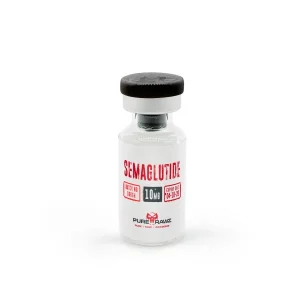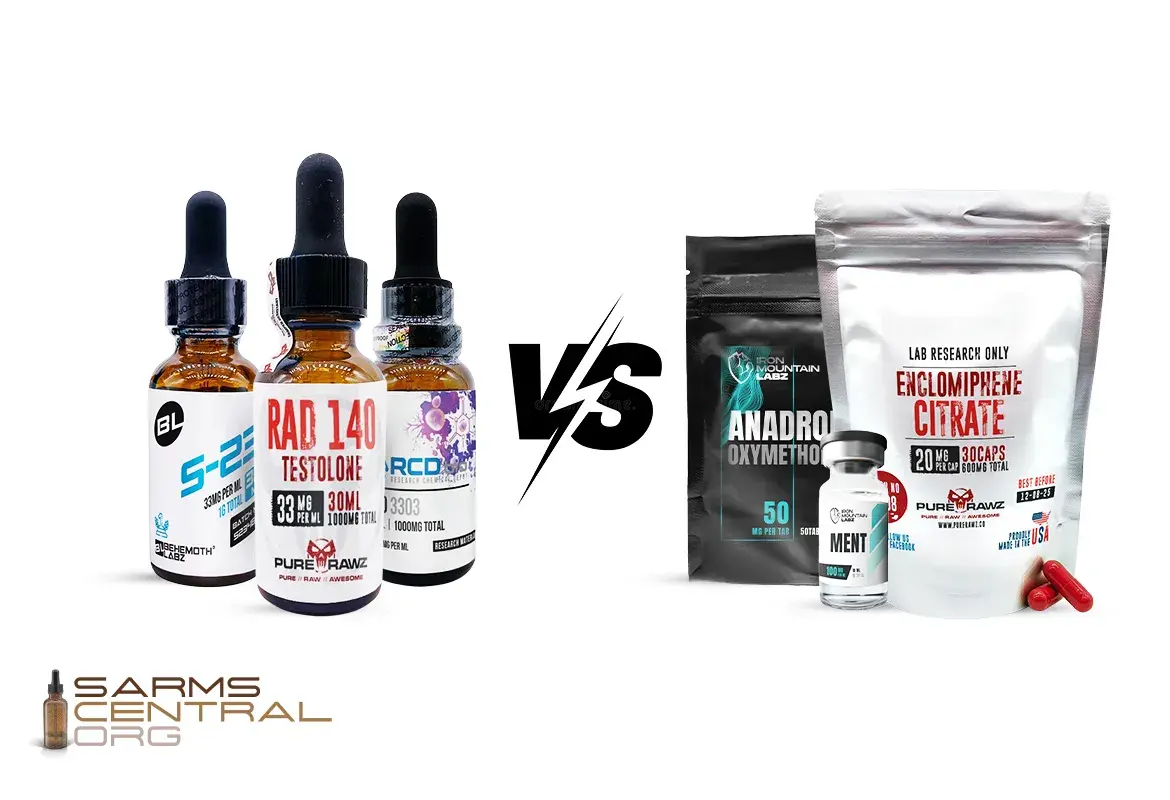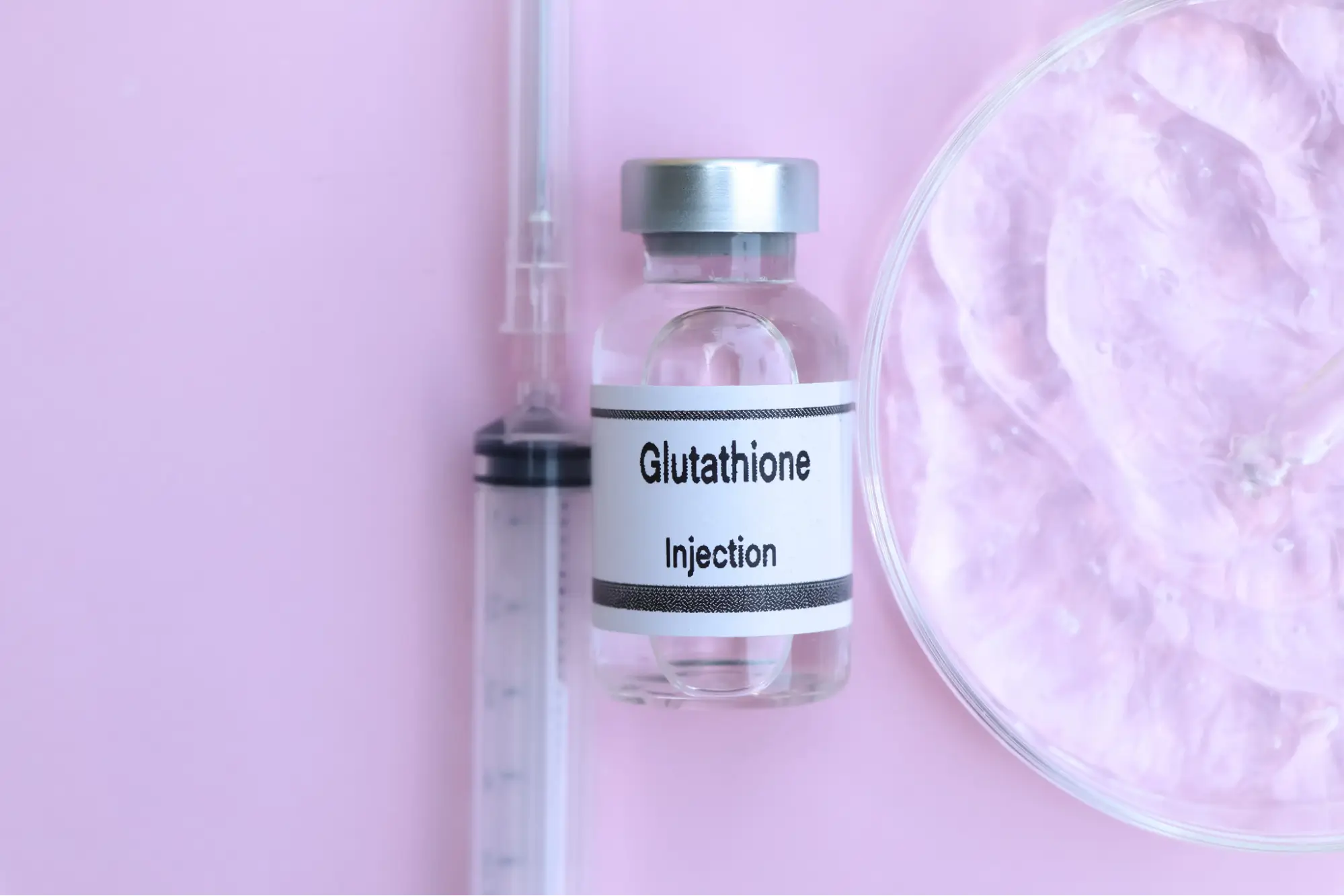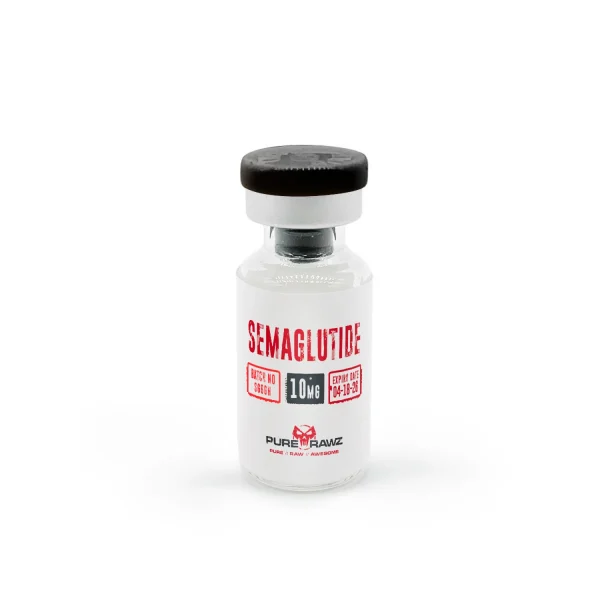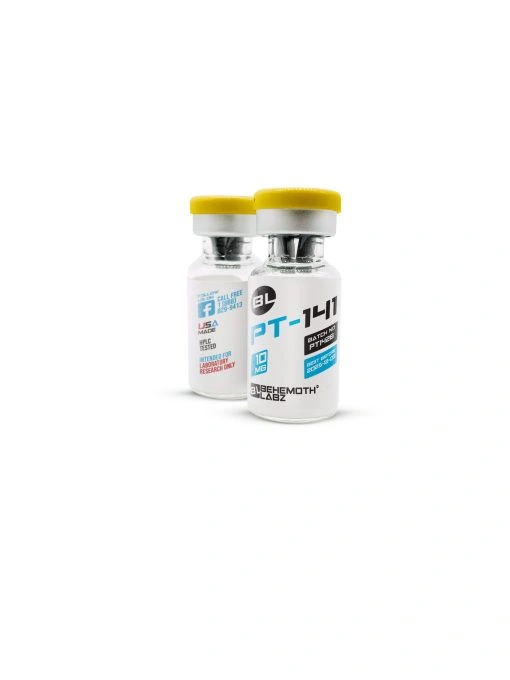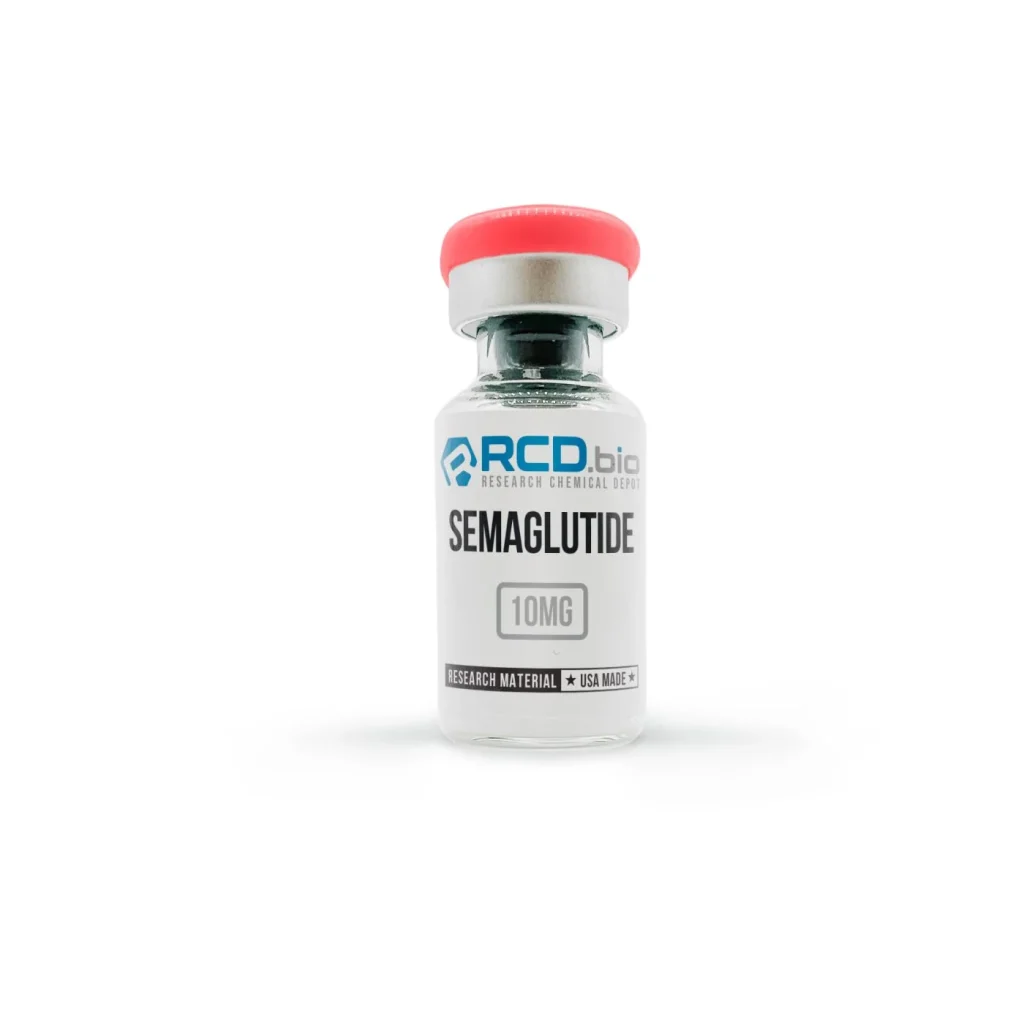Subcutaneous injections are a common and effective method of delivering medications to the body. This medical procedure involves administering medication into the subcutaneous layer, which is the tissue located just beneath the skin. Subcutaneous injections are widely used for various purposes, such as insulin administration for diabetes, hormone therapy, and vaccinations.
What is Subcutaneous Injection
When you inject medicine under the skin, but not into a muscle, it’s called subcutaneous. Here are some of the equipment and medications used subcutaneously. {R}
Subcutaneous Injection – Equipment:
Syringes used for subcutaneous injections are typically available in various sizes, ranging from 1 mL to 3 mL. Subcutaneous injection needles are shorter and finer compared to intramuscular needles. Insulin, commonly administered subcutaneously, often comes in pre-filled insulin pens. These pens provide a convenient and discreet way for patients to self-administer insulin. {R}
Some medications, especially biologics, are available in autoinjector devices. These devices are designed for easy and precise subcutaneous injections, often with features like pre-set doses and needle concealment. Lastly, for medications that come in vials, adapters may be used to facilitate drawing up the correct dose into the syringe.
Common Medications/ Supplements Administered Subcutaneously:
Various types of medications such as insulin (for diabetes), heparin (for treatment of blood clots), and blood thinners are all administered subcutaneously. Moreover, many dietary supplements such as Semaglutide, Tirzepatide, and vitamin B12 are also administered subcutaneously.
It is important to note that proper storage of medications, especially those that require refrigeration, is crucial to maintain their stability and effectiveness. Some medications require a strict schedule for subcutaneous administration. Adherence is vital for optimal therapeutic outcomes. {R}
Mechanism of Action:
The mechanism of action for subcutaneous injections involves the administration of medication into the subcutaneous tissue, which is the layer of tissue located just beneath the skin. This method allows for the absorption of the medication into the bloodstream, where it can exert its therapeutic effects. The key steps in the mechanism of action include:
- Injection into Subcutaneous Tissue
- Absorption into Capillaries
- Lymphatic System Involvement
- Systemic Circulation
- Distribution to Target Tissues:
- Metabolism and Elimination
The ultimate goal of subcutaneous injection is to achieve a therapeutic effect. This could involve managing symptoms, treating a medical condition, or maintaining a certain level of a particular substance in the body, such as insulin for glucose control in diabetes. {R}
Subcutaneous Injections – Administering Procedure
To give a subcutaneous injection, first remove the needle cap and choose an injection site, typically the upper arms, abdomen, or thigh. Common sites for subcutaneous injections include the subcutaneous fat just below the skin on the abdomen or the outer aspect of the upper arms. It’s essential to rotate injection sites to prevent tissue damage in areas with repeated injections.
Cleanse the chosen injection site with an alcohol pad and allow it to air dry. This reduces the risk of infection. Tap the syringe with your finger to move air bubbles to the top. Hold the syringe at a 45 to 90-degree angle, depending on the needle length and the patient’s body habitus. Insert the needle straight quickly and smoothly into the subcutaneous tissue. Slowly push and ensure that the medication is delivered evenly and without resistance. {R}
Always use a sharps container for proper needle disposal to prevent accidental needle marks and reduce the risk of infection.
Benefits of Subcutaneous Injections
Subcutaneous injections offer several benefits, making them a preferred method of drug administration for various medical conditions. Here are some key advantages:
Patient Comfort:
Subcutaneous injections are generally less painful than intramuscular injections. The subcutaneous layer has fewer nerve endings compared to muscle tissue, resulting in reduced discomfort during the injection. This increased comfort can enhance patient compliance with prescribed medication regimens. {R}
Consistent Medication Absorption:
Medications administered subcutaneously are absorbed at a slower and more consistent rate compared to intramuscular injections. This controlled absorption can lead to a sustained therapeutic effect, making subcutaneous injections suitable for drugs that require a gradual release into the bloodstream. {R}
Convenience and Ease of Administration:
Many subcutaneous injections are available in pre-filled syringes or pens, simplifying the administration process. This convenience benefits both healthcare professionals and patients, potentially improving adherence to treatment plans. Additionally, self-administration is often feasible for certain medications, empowering patients to manage their health more independently. {R}
Reduced Risk of Tissue Damage:
The subcutaneous tissue has a higher proportion of fatty tissue and fewer blood vessels compared to muscle tissue. This reduces the risk of damaging blood vessels and nerves during the injection process. Proper site rotation further minimizes the likelihood of developing complications such as lipodystrophy (localized fatty tissue changes). {R}
Lower Infection Risk:
Subcutaneous injections, when performed with proper aseptic technique, pose a lower risk of infection compared to injections delivered directly into the bloodstream (intravenous injections). The skin’s protective barrier serves as an additional layer of defense against microbial contamination.
Applicability to Various Medications:
Subcutaneous injections are suitable for a wide range of medications, including insulin for diabetes management, hormones, certain vaccines, and therapeutic biologics. The versatility of this administration method makes it applicable to diverse medical conditions. {R}
Stable Blood Levels:
Subcutaneous injections contribute to stable and sustained drug levels in the bloodstream. This can be particularly advantageous for medications requiring consistent therapeutic concentrations for optimal efficacy. {R}
Reduced Risk of Needlestick Injuries:
Compared to intravenous injections, subcutaneous injections typically involve smaller needles and are less prone to causing needlestick injuries. Proper disposal practices further mitigate the risk of accidental exposures to healthcare providers and caregivers. {R}
Cost-Effectiveness:
Subcutaneous injections can be cost-effective due to the availability of pre-filled syringes or pens, reducing the need for additional preparation steps and minimizing medication waste. {R}
Side Effects
While subcutaneous injections are generally considered safe and well-tolerated, like any medical intervention, they can be associated with certain side effects. Some common side effects associated with subcutaneous injections may include pain or discomfort and redness or swelling at the injection site.
Subcutaneous injections may also occasionally cause bruising or rash at the injection site, especially if blood vessels are inadvertently damaged during the process. While the risk is relatively low, there is a potential for infection including fever, chills, and fatigue.
Where to Buy Subcutaneous Supplements Online:
The best sites for buying injectable SARMs and medications online are PureRawz, RCDBio and BehemothLabz. To be the best suppliers of research chemicals, all the 3 online stores provide reference materials with every product they sell.
Find Best Prices For These Products
Conclusion
In summary, subcutaneous injections offer a balance between patient comfort, convenience, and effective drug delivery. The benefits of this administration method contribute to its widespread use across various medical disciplines, improving the overall experience for both healthcare providers and patients.
Subcutaneous injections are a valuable and widely utilized method for administering various medications. Mastering the technique is essential for healthcare professionals and patients alike to ensure the safe and effective delivery of medications. With proper education, preparation, and attention to detail, subcutaneous injections can be a well-tolerated and successful component of medical treatment.


